In the animal world, reproduction is the fundamental means of species continuation. The so-called "asexual reproduction" only requires a single parent and does not require a mate of the opposite sex to complete reproduction. The offspring produced are completely identical to the mother's genes, which can be called "natural clones."

The advantage of asexual reproduction is that it does not require finding a mate, is fast and efficient, and is especially suitable for rapid population expansion. But the disadvantages are also obvious: due to the lack of genetic diversity, these animals are often more likely to be "killed in one pot" by diseases or natural enemies.
Although asexual reproduction is more common in single-celled organisms and plants, there are also many animals that have "crossed borders" and mastered this magical skill. Some can even flexibly switch between sexual and asexual reproduction modes according to environmental conditions. Here are 12 representative animals that reproduce asexually:
1. Sharks: Solo pregnancy is not a legend
In 2001, scientists first discovered the phenomenon of "parthenogenesis" in a captive hammerhead shark. The female shark had not been in contact with a male for at least three years, but miraculously gave birth to a normal-developed baby shark, which was tested to have no paternal genes at all.

In 2017, an Australian zebra shark named Leonie shocked the world - five years after being separated from her partner, she gave birth to three baby sharks naturally, all of whose genes came from the mother. This is the first confirmed individual case of asexual reproduction in the shark world.
2. Komodo dragon: endangered giant hatched by parthenogenetics
The world's largest lizard, the Komodo dragon, was previously believed to be able to reproduce only sexually. However, in 2006, a female Komodo dragon at Chester Zoo in the UK laid 11 eggs containing only maternal DNA without any contact with any males.
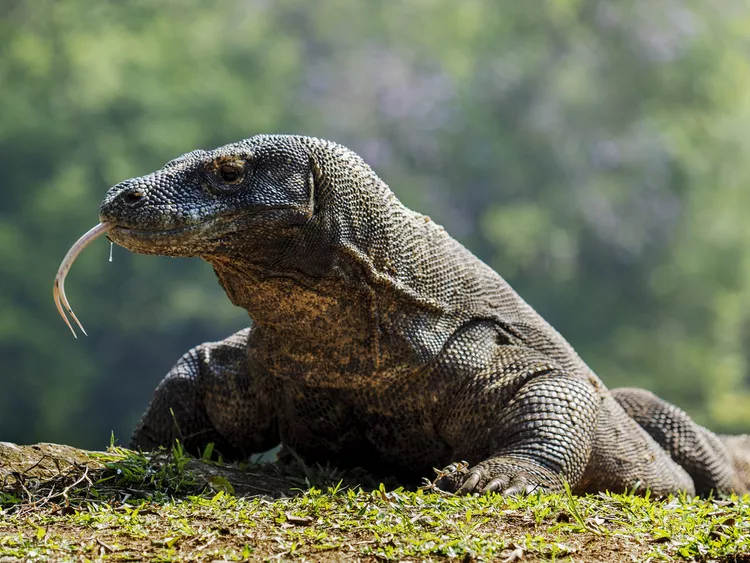
Considering that the Komodo dragon has been listed as a "vulnerable species", this asexual reproduction ability may play an important role in population protection.
3. Starfish: Broken arms can be reborn and new individuals can be grown
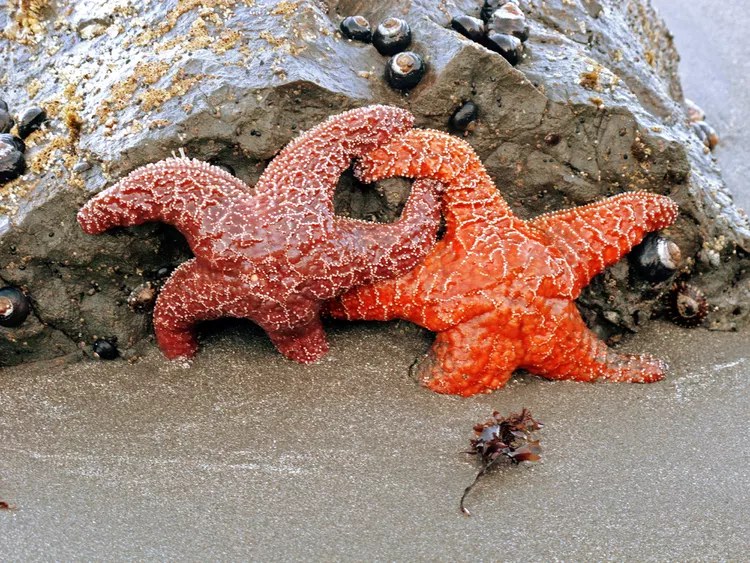
Starfish can reproduce sexually and asexually through "fission". Some species of starfish will break their bodies and regenerate complete individuals separately, which is equivalent to "self-replication".
Currently, among the approximately 1,800 species of starfish in the world, 24 species have been confirmed to have the ability to fission, which is truly "broken but not dead".
4. Whiptail lizard: Gene mutation can be produced even without sex

For example, the New Mexico whiptail lizard reproduces asexually, but its egg cells double the number of chromosomes before forming embryos, thus maintaining a certain genetic diversity.
Scientists believe that this mechanism enables whiptail lizards to adapt to environmental changes without relying on their mates, which is a rare genetic "self-innovation" in asexual reproduction.
5. Python: "Virgin snakes" really exist

In 2012, the Louisville Zoo in the United States recorded the first asexual birth of the world's longest snake species, the Burmese python. A 20-foot female python named Thelma, after living with another female snake for two years, actually laid 61 eggs, of which 6 baby snakes successfully hatched and all were clones of the mother.
DNA analysis results confirmed that all these baby pythons inherited from Thelma.
6. Marbled Crayfish: Replicate Yourself and Conquer the World
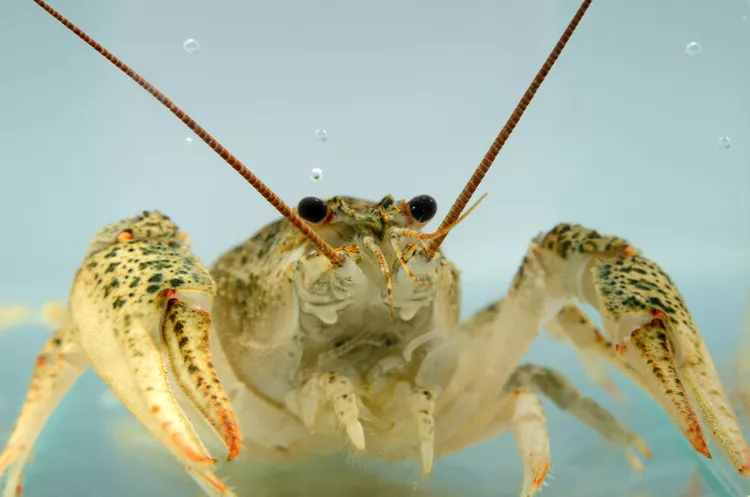
In 1995, a German aquarium enthusiast accidentally discovered a mysterious crayfish that not only reproduced itself, but also produced all female offspring. It was later scientifically named "Marbled Crayfish".
This species is the only decapod crustacean known to reproduce asexually. Due to its extremely high replication efficiency, they have spread from artificial breeding to freshwater systems in Europe and Africa, and quickly formed an invasive population.
7. Amazon Killifish: All-female fish thrive
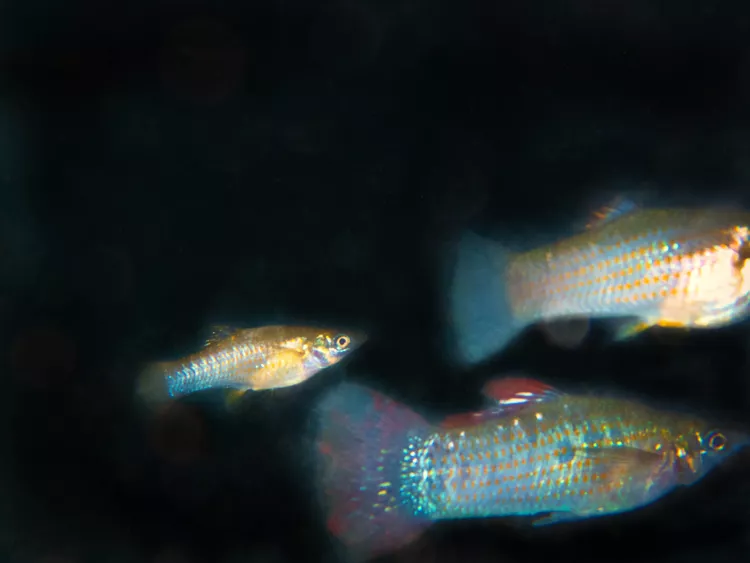
The Amazon Killifish is a freshwater fish that lives in Mexico and Texas. Surprisingly, its population is all female. Although it has always reproduced asexually, its genetic performance is extremely healthy.
A 2018 study found that the genetic diversity level of this fish is much higher than expected, and no obvious signs of genetic degeneration were found. It is a rare "excellent student" among asexual animals.
8. Wasps: Genes determine reproduction
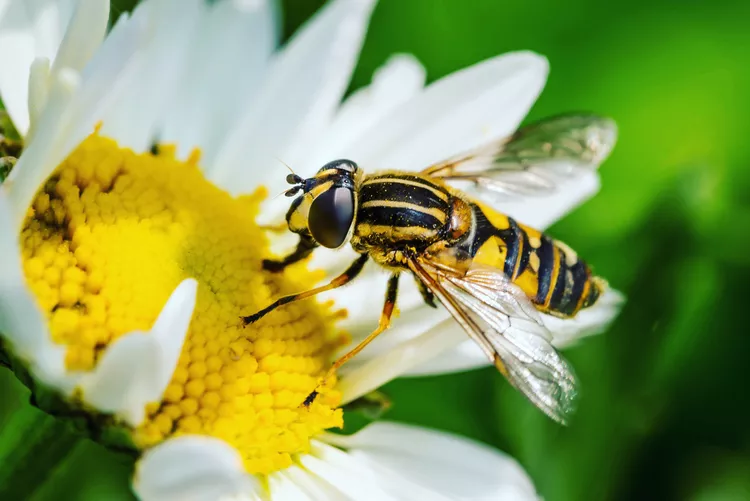
Most wasps can reproduce both sexually and asexually. Usually, fertilized eggs hatch into females, while unfertilized eggs develop into males. Some species can even directly replicate the mother's DNA through unfertilized eggs and produce female offspring.
Research from the University of Zurich shows that this ability is controlled by a single recessive gene, and about 12.5% of female bees in the experiment showed asexual reproduction characteristics.
9. Ants: True "Queen Makers"
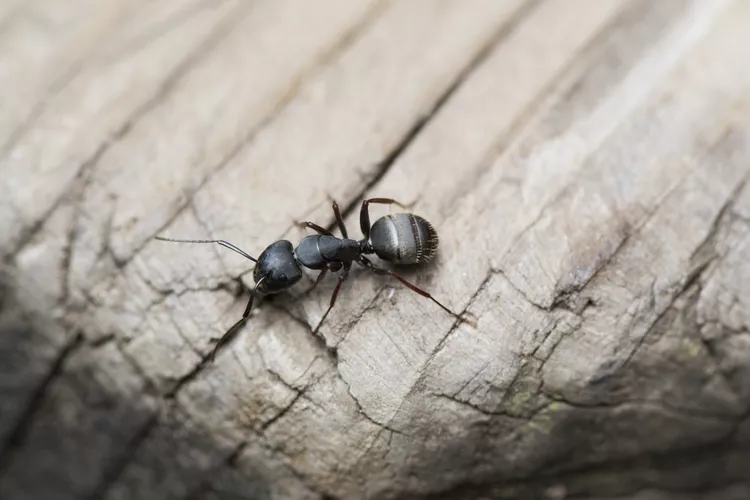
Some ant species also have a dual reproduction mode. For example, black carpenter ants, fertilized eggs hatch into workers, and unfertilized eggs become male ants.
And a tropical ant that feeds exclusively on fungi, Mycocepurus smithii, has achieved completely asexual reproduction in most populations. A 2011 study surveyed 39 populations in Latin America and found that in 35 of them, all ants were female individuals cloned by the queen.
10. Aphids: Insects born with "grandchildren"
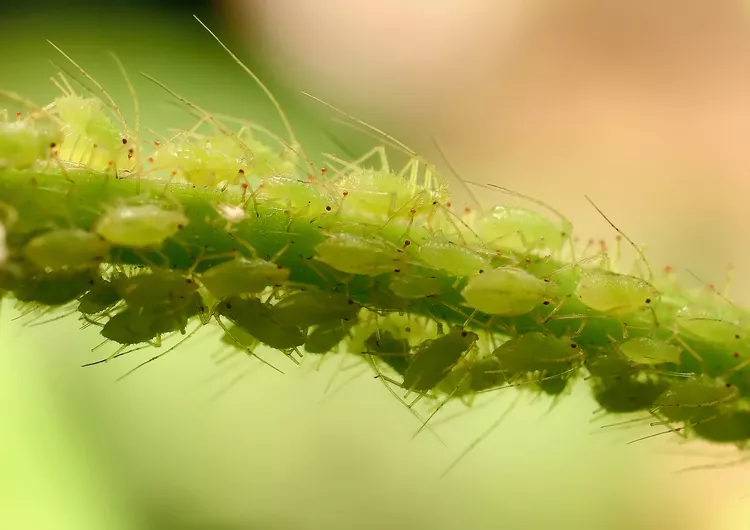
Aphids are the enemy of plants, and their reproductive capacity is extremely amazing. What's more exaggerated is that aphids are "born pregnant". The embryos in a mother aphid already contain the embryos of the next generation, nested layer by layer, like "nesting dolls".
In temperate regions, aphids switch to sexual reproduction in autumn to maintain genetic diversity and enhance adaptability.
11. Hydra: A small life that never ages
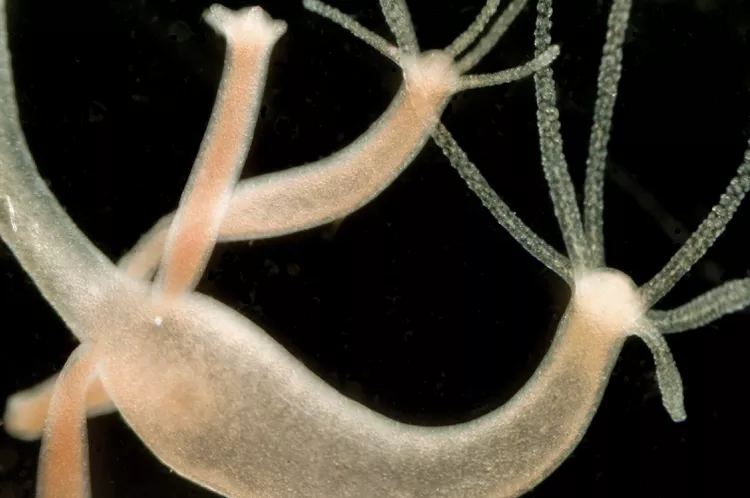
Hydra is a small freshwater coelenterate that has the magical ability to "bud". They will grow small buds on their body surface, gradually develop into new individuals, and eventually fall off to become independent life forms.
Interestingly, scientists have found that hydra does not seem to have obvious signs of aging and is one of the "oldest" creatures on Earth.
12. Daphnia: Evolutionary Records in Time Capsules
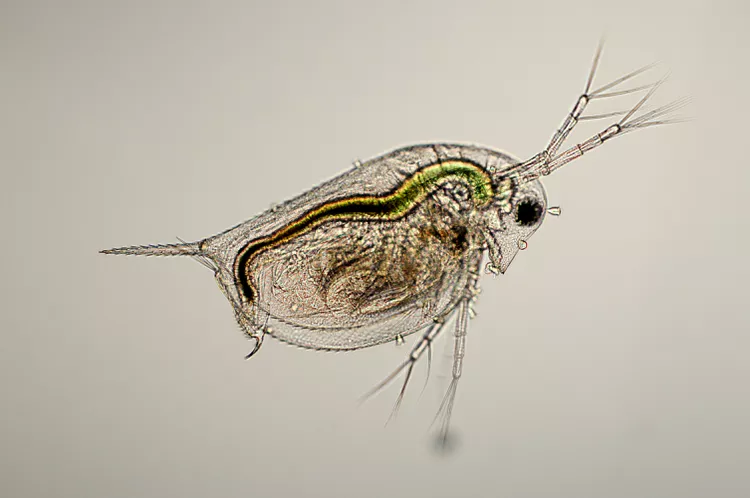
Daphnia are microscopic plankton that live in lakes and ponds and usually reproduce asexually. But once they encounter environmental stress, such as food shortages or sudden temperature changes, they will switch to sexual reproduction and lay eggs that can remain dormant for a long time.
These highly resistant eggs can sleep in the mud for decades and are valuable "time capsules" for studying the adaptive evolution of species under climate change.
FAQ
What are the ways of asexual reproduction?
Asexual reproduction in the animal kingdom mainly includes the following four methods:
Fission: An individual splits into two independent new individuals.
Budding: A bud grows on the body surface, which falls off after maturation to become a new individual.
Fragmentation: The body splits into multiple parts, and each part develops into a complete individual.
Parthenogenesis: An unfertilized egg directly develops into an embryo.
Are there any mammals that can reproduce asexually?
No mammals have been found to reproduce asexually in nature.
Can jellyfish reproduce asexually?
Jellyfish have a very unique life cycle, and can reproduce both sexually and asexually. Some species can even "reset" their body cells and regenerate themselves when faced with a threat.
animal tags: Asexual reproduction
We created this article in conjunction with AI technology, then made sure it was fact-checked and edited by a Animals Top editor.